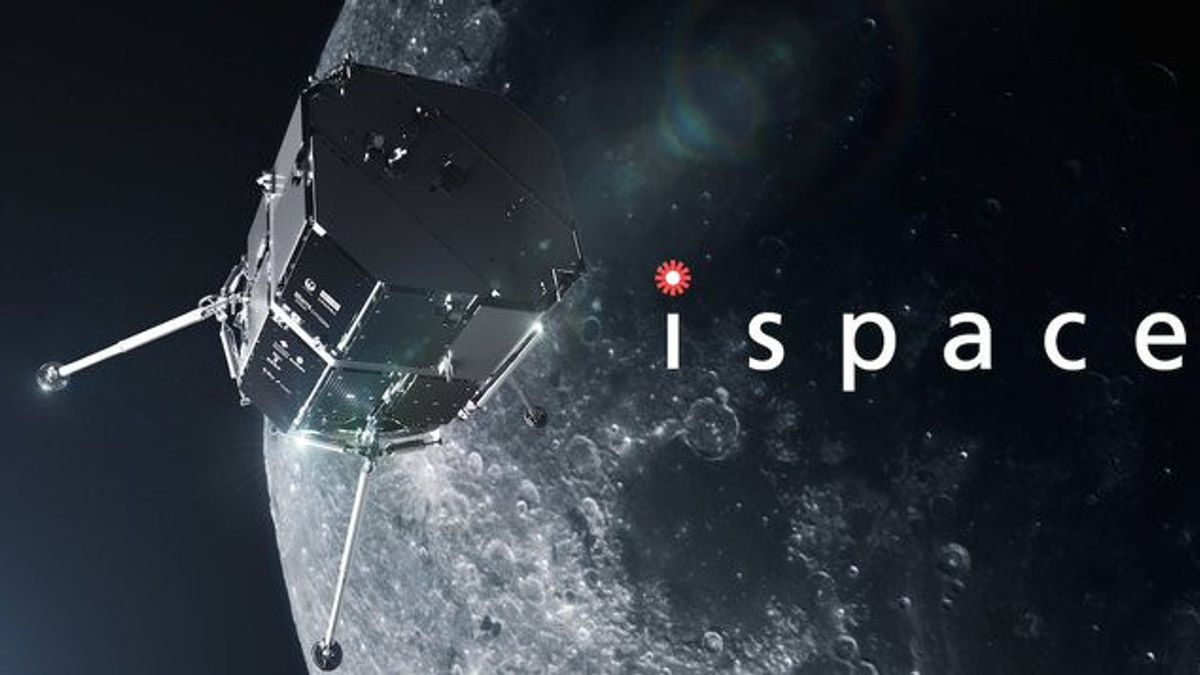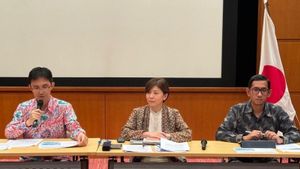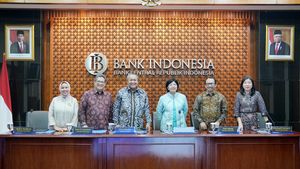JAKARTA - Ispace, a startup from Japan, failed in its plane landing mission on Tuesday, April 25. Ispace plans to make its first private moon landing, but engineers find it difficult to contact the Hakuto-R Mission 1 (M1) lander after the specified time to land the plane passes.
Chief Executive Ispace, Takeshi Hakamada, told the company's live stream that they lost communication with the plane, and had to assume that they failed to land on the lunar surface. Although the M1 managed to approach the lunar surface by up to 90 meters, at the expected time to land, engineers at the mission control center did not receive confirmation of signals from the aircraft.
"Recently we have achieved a lot during this mission 1," said Hakamada, quoted by Reuters. "Our inspiration will continue to investigate this situation. Right now, all I can say is we are very proud of the fact that we have achieved a lot during this mission."
The aircraft launched from Cape Canaveral, Florida, on a SpaceX rocket in December 2021 and successfully completed eight of the 10-purpose missions in space that will provide valuable data for efforts to land the aircraft in 2024. The 2-plane mission is already under construction.
VOIR éGALEMENT:
Japan has a big ambition to build the domestic space industry and wants to send Japanese astronauts to the moon in the late 2020s. However, this failure is Japan's latest disappointment in space technology, as only the United States, Soviet Union, and China managed to make a soft plane landing on the moon. Several attempts by India and private Israeli companies in recent years have also ended in failure.
The M1 aircraft is expected to reach a landing site on the outskirts of Mare Frigoris, in the northern hemisphere of the month, where it will release a two-wheeled baseball rover developed by JAXA, Japanese toy company Tomy Co, and Sony Group, as well as the four-wheeled "Rashid" Rover from the United Arab Emirates.
In addition, the M1 also carries an experimental solid battery made by NGK Spark Plug Co, as well as other objects to measure its performance on the moon.
The English, Chinese, Japanese, Arabic, and French versions are automatically generated by the AI. So there may still be inaccuracies in translating, please always see Indonesian as our main language. (system supported by DigitalSiber.id)














